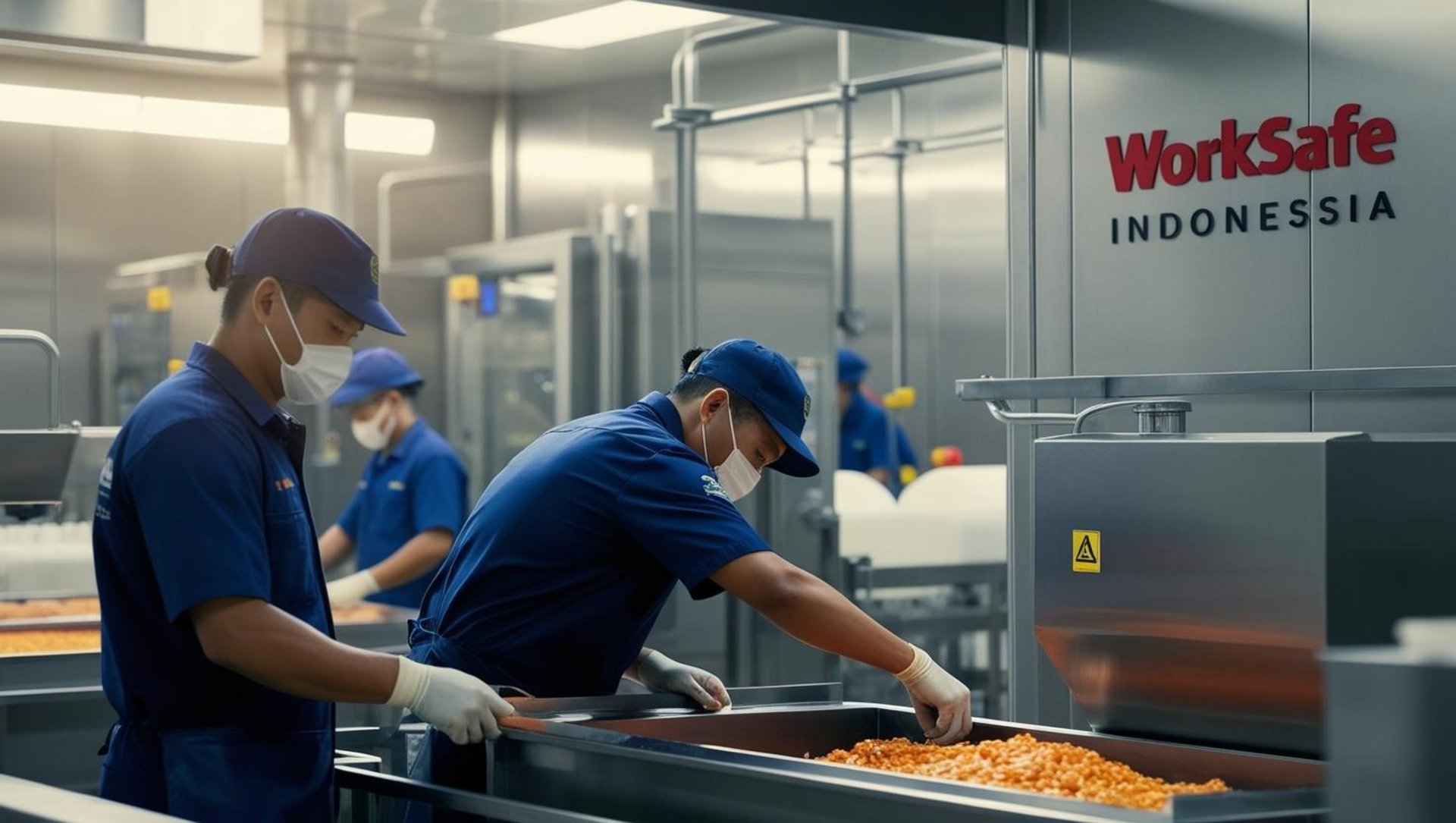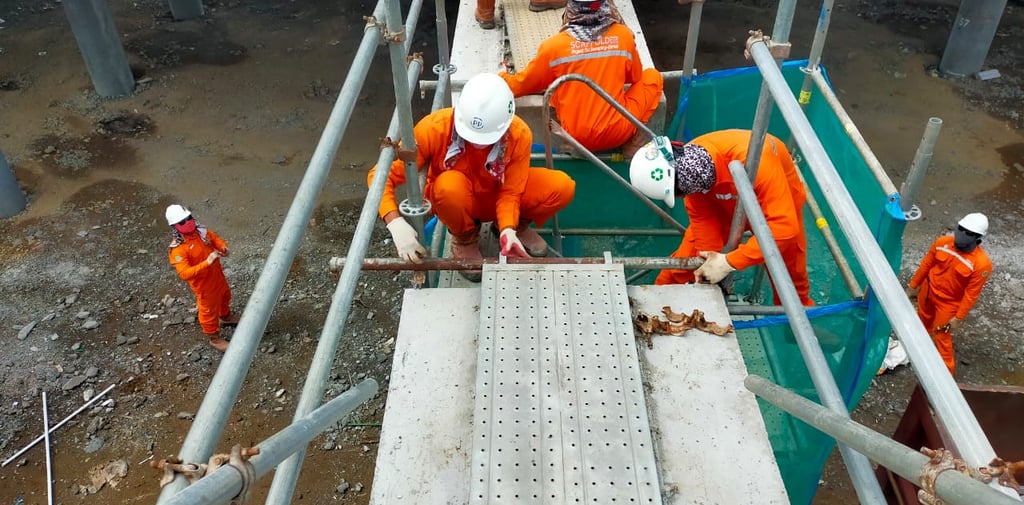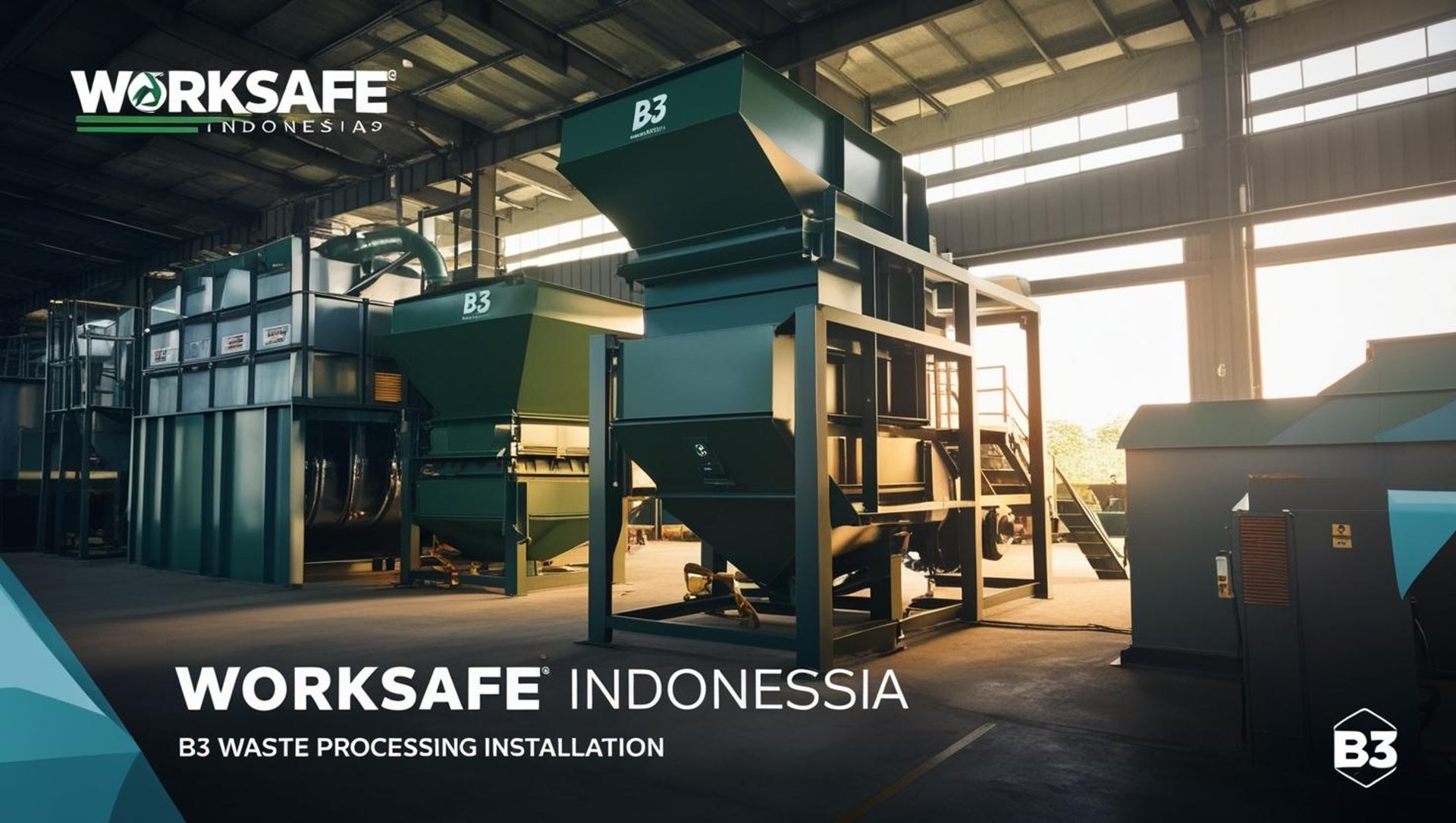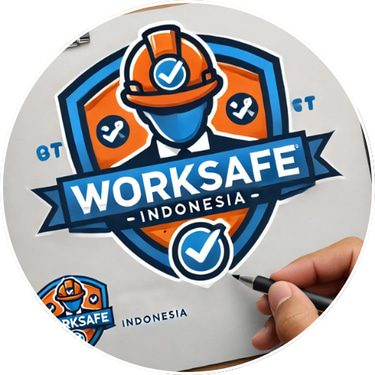
Promoting All About Safety, Health and Environmental
Work Access Standards: A Key Element of Workplace Safety
Work Access Standards: A Key Element of Workplace Safety In many industries especially construction, manufacturing, and logistics—safe and well-organized access to work areas is not just about convenience, it’s about saving lives. Accidents often happen due to poor access, blocked pathways, or neglected procedures. That’s why implementing proper work access standards is crucial for both safety and operational efficiency.
SAFETY
Septian Indra
5/6/20252 min read


Work Access Standards: A Key Element of Workplace Safety
In many industries—especially construction, manufacturing, and logistics—safe and well-organized access to work areas is not just about convenience, it’s about saving lives. Accidents often happen due to poor access, blocked pathways, or neglected procedures. That’s why implementing proper work access standards is crucial for both safety and operational efficiency.
What Is Work Access?
Work access refers to pathways, ladders, scaffolding, platforms, and other facilities that workers use to reach, move through, or operate in a certain area. These access points must be:
Safe and stable
Free of obstructions
Well-maintained
Equipped with protective features (e.g., guardrails) when necessary
Why Are Work Access Standards Important?
Prevent Falls and Injuries
Slippery, narrow, or unstable access routes are common causes of workplace accidents.Improve Operational Efficiency
Safe and clear access helps workers and equipment move more efficiently on site.Comply with Safety Regulations
National labor regulations and international standards (such as OSHA or ISO 45001) require safe access at all project locations.
Key Components of Work Access Standards
Here are several essential elements of proper work access implementation:
1. Ladders and Climbing Access
Must be installed at a safe angle (ideally between 30–50 degrees).
Should be stable, non-slip, and securely fixed.
Handrails are required if the height exceeds 1.2 meters.
2. Work Platforms and Scaffolding
Must be inspected daily before use.
Require guardrails if elevated more than 1.8 meters above ground.
Should be kept dry and free of excessive loads.
3. Emergency Access and Escape Routes
Must never be blocked by tools, equipment, or materials.
Clearly marked and well-lit at all times.
Regular evacuation drills should be conducted.
4. Safe Walking Zones
Worker walkways must be separated from heavy equipment or vehicle traffic.
Use of physical barriers or clear markings is recommended.
Quick Checklist for Safe Work Access
✅ Are pathways free of debris, cables, or sharp objects?
✅ Are ladders or platforms in good, stable condition?
✅ Are signs and directional indicators clearly visible?
✅ Are emergency exits accessible and unlocked?
✅ Are workers wearing proper PPE when using ladders or working at heights?
Conclusion
Work access is not just about moving from one point to another—it’s a critical part of a workplace safety system. By following proper work access standards, we not only protect lives but also boost team performance.
At Worksafe Indonesia, we’re committed to building a culture of awareness, care, and discipline around safe access.
Keep safe, Be safe!!

